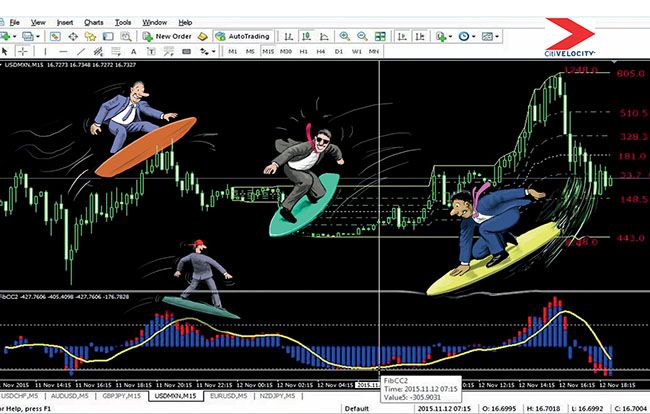Service game
Rates made a big comeback in 2016, paying dividends for those that weathered a period of decline. For dominating the US dollar flow swaps market, expanding its global franchise and applying deep structuring expertise to solve complex problems and reduce client costs, Citigroup is IFR’s Interest Rate Derivatives House of the Year.
Citigroup expanded its global interest rate derivatives franchise during 2016, tightening its grip on flow business and adding an array of innovative structures to service client needs.
Bouts of volatility in 2016, including January’s stock market sell-off, the UK’s vote to the leave the EU and the surprise election of Donald Trump, created challenges for some banks but also offered opportunities arising from increased client activity. Citigroup was notable for its consistent pricing and willingness to fill big tickets in automated and over-the-counter formats. In the process the bank increased its share of the US vanilla swaps market to 18%, the highest ever recorded for a single dealer in the product.
“We have grown our share of the US interest rates swaps market over the past two years,” said Andrew Morton, the bank’s global head of interest rates. “The key has been our commitment to a full service model, focused on efficient recycling of risk.”
Citigroup’s ability to service client demands across the full range of products and geographies was testament to the bank’s ability to take on positions in one part of its franchise and find netting opportunities elsewhere in its portfolio, reducing its leverage and risk exposure. It also prioritised clearing, helping clients achieve cross-product margining and reduce collateral liabilities.
That was crucial in an environment in which capital requirements such as the Basel III leverage ratio have had a punitive impact on interest rate swap businesses, with dealers particularly exposed to heavy charges for longer-dated exposures and where in-the-money trades were collateralised with securities rather than cash.
The impact of higher capital burdens meant banks were required to make hard-headed decisions about rates units, in many cases widening bid-offer spreads and hiking prices in areas such as repo and securities financing. Some, meanwhile, backed away altogether. The prize for those that remained was healthy returns in a busy third quarter, which put some rates businesses on course for their best year since 2012.
“We are full service and we have maintained our presence around the globe, from Australia to Japan to Canada,” said Morton. “We do every single product with as much consistency as humanly possible and make sure we offer 24-hour pricing in flow solutions like dollar swaps.”
At the same time, the bank focused on reducing its cost base, encouraging clients to transact through its Velocity platform, the transaction pricer described by one client as “above and beyond any other platform in competition”. A particular hit with clients was Velocity’s vanilla option pricer, which enabled them to dial up volatility scenarios and structures to create bespoke risk exposures and model portfolio impacts.
“Our ability to accurately value complex risks meant we were able to grow market share and enter new markets,” said Morton.
One area of particular focus over the past year has been the sterling business, he said, where the bank has become one of the biggest players in exotics such as spread options and mid-curve trades.
Citigroup was also successful in structuring innovative financing solutions, for example using structured synthetics to open access to non-US dollar markets. In one example a heavily leveraged client needed to raise euro funding, but did not have access to euro-region markets. The client’s high level of debt meant it had limited capacity to generate credit lines necessary for cross-currency swaps.
Citigroup advised the company to create swap capacity through a tailored multi-threshold CSA, and combine US dollar-denominated issuance out of its European subsidiary with a cross-currency swap, enabling it to issue 10-year euro-denominated debt synthetically.
One of the key trends of post-crisis derivatives markets has been the willingness of banks to share risk and to seek out pockets of value where other banks are in a position to offer better pricing. The result was a rise in syndication, which Citigroup used extensively in its swap business where it could create an advantage.
“There has been an advancement in the industry and it’s not like the old days where you had to swallow the whole thing yourself,” said Morton. “Now it’s like swap sharing, which works for the client where we can distribute underlying or credit risk where there is demand for it.”
To see the digital version of this review, please click here .
To purchase printed copies or a PDF of this review, please email gloria.balbastro@tr.com



